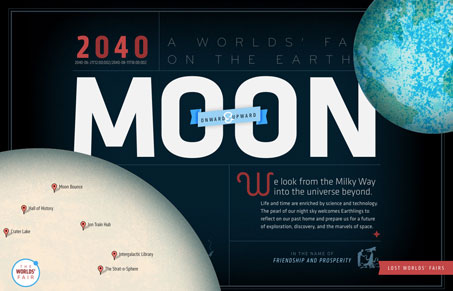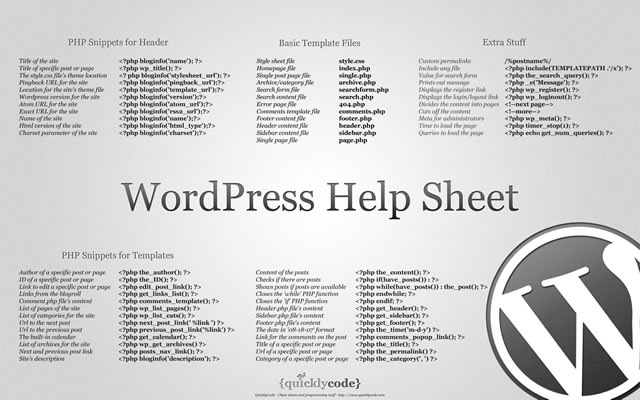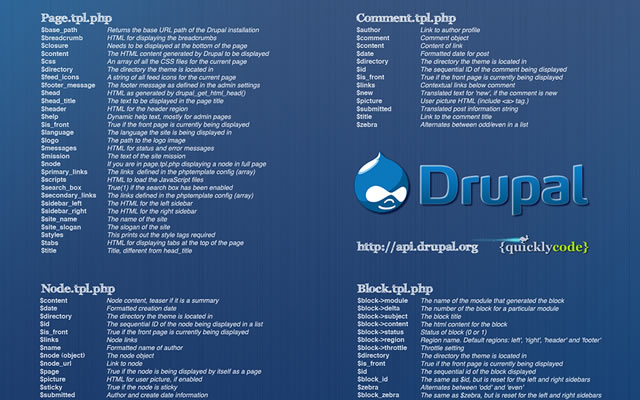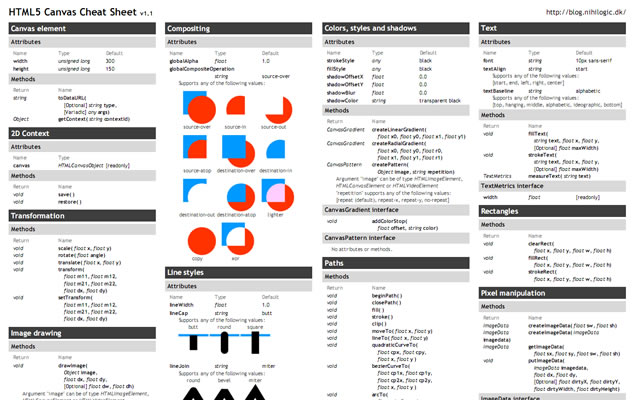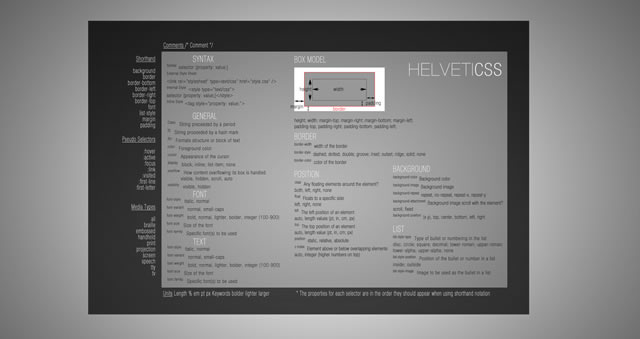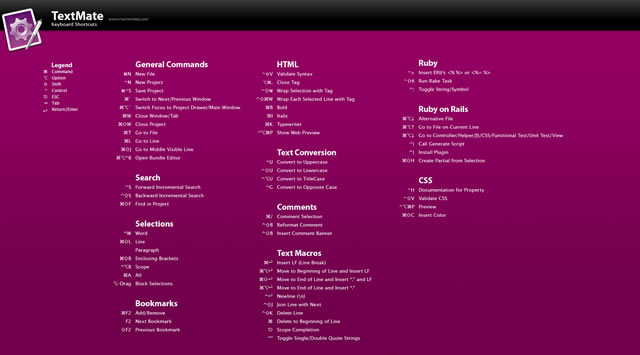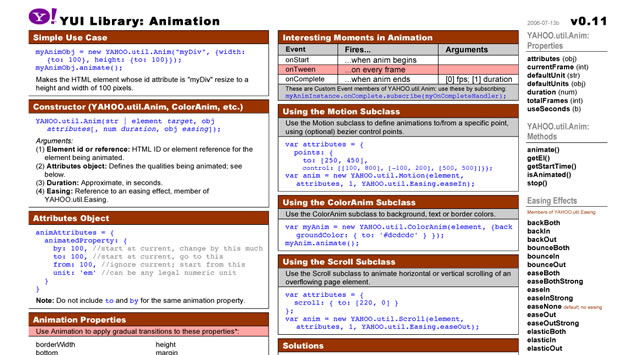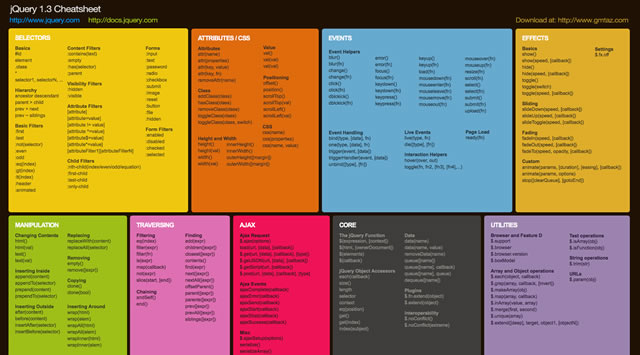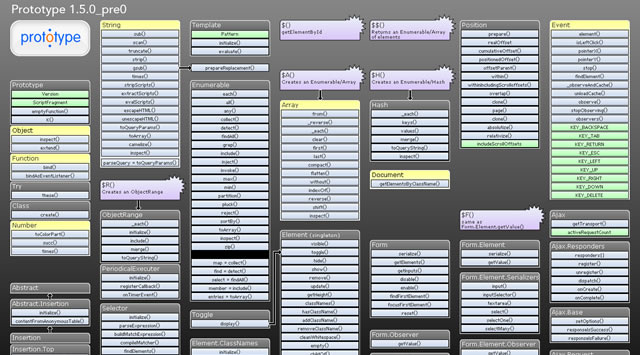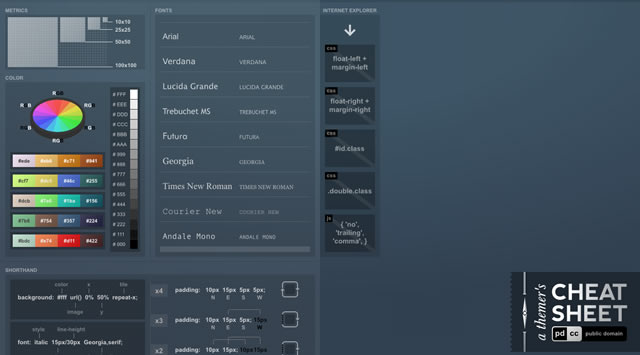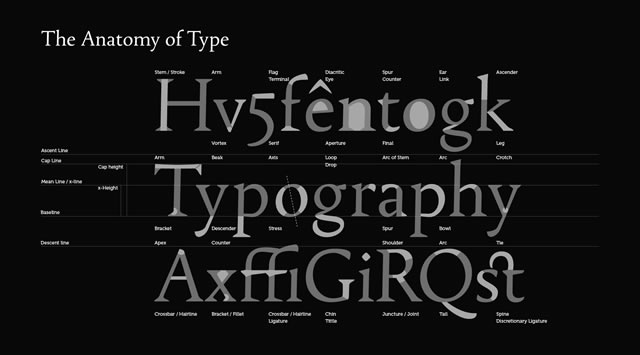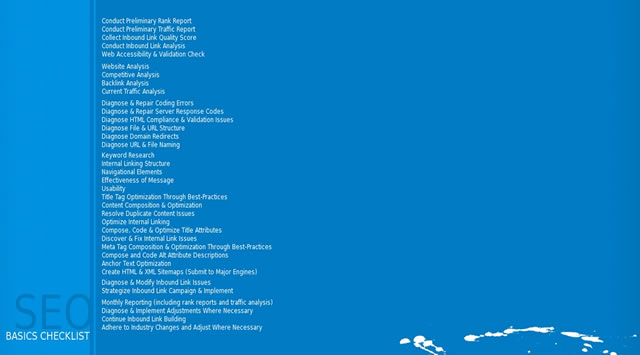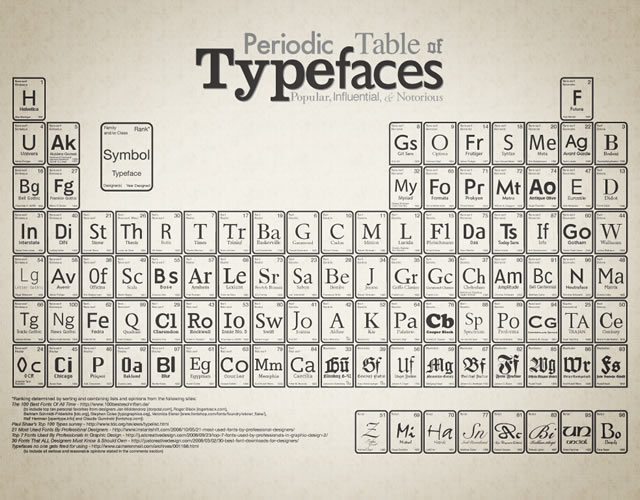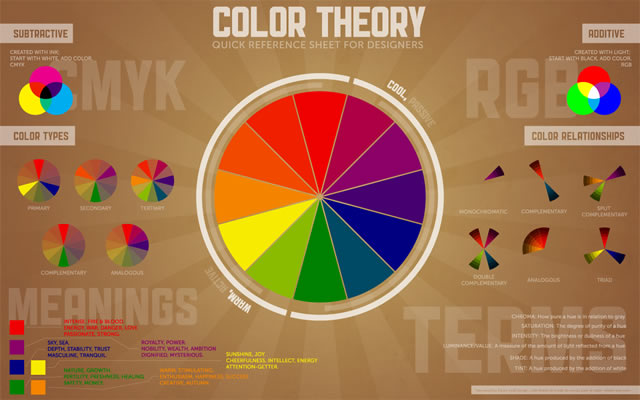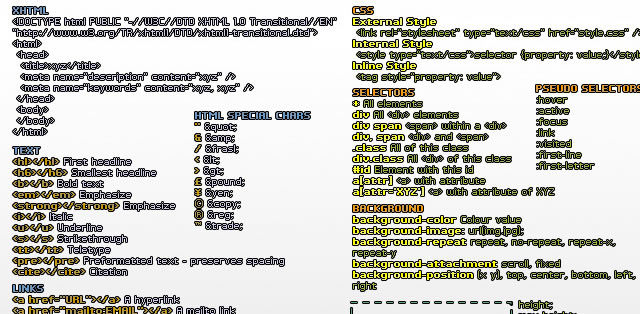

Logo design has been a controversial subject in the design press lately. One branding professional recently claimed that logo design is not that hard to do and another said that logos are dead; some rebutted while others concurred. Why all the fuss?
We live in a Brand Era, where branding is in, and for some, aspiring to the Paul Rand style of logo craftsmanship is about as hip and contemporary as writing your invoices with a quill. Yes, logo design is only one facet of the powerful force that we call brand identity. Yes, a branded design environment can communicate sophisticated brand meaning without much (any?) usage of logos. But some ‘brand gurus’ or ‘brand evangelists’ (translation: ‘bastions of corporate pretension’) seem to enjoy making hyperbolic pronouncements just to sound shocking or cutting-edge. Logo design is not dead. The technological advancements and tumultuous industries of our century are causing its role in our culture to evolve.
Perhaps this clamorous debate is cause for a look at where logo design comes from, what state it’s in currently, and where it’s headed in the future. Where does a logo ultimately derive its power from? If we’re so hung up on divining what this Brand Era means for our clients, can we envision a Post-Brand Era?
[By the way, did you know we have a brand new free Smashing Email Newsletter? Subscribe now and get fresh short tips and tricks on Tuesdays!]
Symbolism
The history of logo design begins with the roots of human expression. In fact, the fundamental power of symbols remains most important element of logo design. A logo has meaning because it draws on centuries of signs and symbols (including the alphabet) in human literary and visual language. A logo designer who uses an image of an apple, for example, is drawing on centuries of potent symbolic usage. For most Western viewers, the image of an apple summons our associations with nature, food, the ‘forbidden fruit’ in the Garden of Eden, Snow White, Apple computers, et cetera. To design a logo with symbolic resonance is to participate in the lineage of social dialogue.

Fragment of a vase, third millennium B.C. The figures on this vase bear a striking similarity to the cave paintings of Lascaux and even to contemporary imagery like the Puma logo. These similarities reveal the harmony and union of human communication over great distances of time and geographic location.
To communicate effectively with design, it’s important to view the big picture of human communication and mythology. Logo design as we know it today is a strategy that rose to popularity with brands and corporations of the twentieth century. However, people and organizations have been identifying themselves with an enormous variety of marks, signatures, and emblems for centuries. In terms of visual communication, a modern company that represents itself with a logo, color scheme, and slogan is not very different from a 15th century royal court that invoked identity and unity through the use of family crests, uniforms, and religious symbolism.
In semiotics (the study of signs and symbols and their use or interpretation), human communication is discussed in terms of signs and signifiers. Signs can take the form of words, images, flavors, or even odors: things that have no intrinsic meaning until we invest it in them. We perceive, understand, and negotiate the world around us by investing meaning in all manner of signs and symbols. In the West, an image of a snake signifies evil. But without our Western cultural and mythological associations (many of which are rooted in the Bible), a serpent is just a serpent.

Greek signature seals, fifth century B.C. Affluent Greek citizens used these molded stamps to sign or endorse documents. Using an animal image to identify oneself has a long history predating famous animal logos like Lacoste and Penguin.
Symbols are highly subjective and dependent upon cultural reference. The swastika, for example, is a symbol that was used by various cultures across the globe for over 5,000 years to symbolize a variety of positive meanings including good luck, life, sun, power, and strength. In fact, the word swastika comes from the Sanskrit svastika, which means “good fortune†or “well-being.†Sadly, those meanings have all been usurped by the atrocities of the Nazi party. No symbol has inherent meaning of its own, but when maligned by indelible association with war and unspeakable tragedy, a simple symbol like the swastika can be transformed into a potent talisman capable of eliciting an intense reaction from the viewer. Our complex emotional responses to rudimentary images reveals the profound depth of our relationship with the visual world around us.
The meaning of a logo is often an elusive concept, and two top professionals may disagree about whether a particular logo is a masterpiece or an abomination. This subjective nature of meaning in logography is part of the beauty and wonder of the craft.
Historical Identifying Marks
A wide variety of stamps, symbols, and signatures have been used to identify people over the centuries. Here are a few.

Printer’s marks, late fifteenth century
The printer’s marks above are variations on an ‘orb and cross’ theme, symbolizing the idea that “God shall reign over Earth.â€

Aldus Manutius, printer’s trademark, c.1500.
This printer’s trademark symbolizes a beautiful paradox. It was used in conjunction with an epigram reading “Make haste slowly.†Swiftness is visually represented by the speedy sea animal and stillness is represented by the anchor.

Rembrandt ‘branded’ his authorship on his paintings with a variety of signatures during the course of his career, but the distinctive ‘R’ and unique personality of the letterforms provide unity to the marks.
Corporate Identity
The industrial revolution profoundly expanded the reach and power of mass production and the marketing used to promote it. Corporations now found that a simple identifying mark was insufficient for distinguishing themselves amongst growing competition in broadening markets. “The national and multinational scope of many corporations made it difficult for them to maintain a cohesive image, but by unifying all communications from a given organization into a consistent design system, such an image could be projected, and the design system enlisted to help accomplish specific corporate goals.†(Meggs’ History of Graphic Design, by Philip B. Meggs and Alston W. Purvis).
In other words, the logo was now being used as one element in a broader system of visual elements used to identify the entire output of a corporation — many of which were becoming larger and more powerful than any had every been before.
Here are some notable developments in the evolution of identity design.
Wiener Werkstätte
The Wiener Werkstätte was a manufacturing and marketing enterprise founded in Vienna in 1903 — decades before graphic designers were doing work that was officially recognized as corporate identity. This group of craftsmen and designers were true trailblazers.

Marks of the Werkstätte, left to right: Werkstätte monogram, rose logo, logo for Galerie Miethke designed by Kolo Moser

Wiener Werkstätte letterhead printed in ‘Wiener Werkstätte blue,’ 1914. The group’s obsession with squares and grids is evident here.
A trademark was proposed for the Werkstätte, but designer Josef Hoffman proposed a complete graphic identity. The appearance of the group’s letters and articles was unified by four elements: the Werkstätte’s red rose symbol plus the monogram marks of the Werkstätte, the designer, and the producer. These standard elements, along with the use of the square as a decorative motif, were used to design everything from invoices to wrapping paper.

Now that’s dedication to designing an immersive brand environment: the Werkstätte logo forged into the handle of a cupboard key.
Identity Masters

Westinghouse logo and annual report designed by Paul Rand
Extraordinarily influential designers like Paul Rand, Milton Glaser, and Alan Fletcher helped shape the graphic identity of consumer culture during the second half of the twentieth century. Rand, for example, designed many ubiquitous logos and his varied identity work for IBM became a benchmark in the industry. These great designers have been covered in depth elsewhere (check out ‘The world’s best logo designers?’ by David Airey), so we won’t spend too much time on them here.
Music Television
“The move of information from the printed page to other media has changed the nature of graphic identity. The MTV logo, which emerges from an unexpected metamorphosis, is probably the ultimate in animated identity.†-The New York Times, September 1996

The MTV logo was designed by the now-defunct studio Manhattan Design in the early 1980’s. Former Manhattan Design member Frank Olinsky tells the story behind the creation of this logo here.
This logo was a revolution in corporate identity because it adapted to the language of television and shattered standing notions about the ‘rules’ of logo use. In the early 80’s, television had become a ubiquitous medium. The MTV logo adapted to the nature of this medium by exploiting the speed and motion of the moving image: it was regularly animated, shattered, decorated, erased, and reborn in the course of a brief station identification spot. This showed that logos could be adaptive vessels for graphic identity and demolished the notion that trademarks should always be presented in a consistent, static form. The logo had evolved to fit the culture of the television era.
The Brand Era
“In order to be successful multinational corporations, you need to produce brands, not products.†-Naomi Klein

Lebron James is deified in a Nike desktop wallpaper ad. The Swoosh is tiny; the brand is huge. For some, Nike epitomizes successful branding. For others, it’s the poster child for deceptive marketing, sweatshop labor, and unethical business practices.
Now that the whole world has been branded, the Twentieth Century approach to branding is old school. I’ll call our present day in age the Brand Era. The logo has evolved from a mark of quality on a product to a visual distillation of a cultural ideal — one that’s capable of accruing or asserting brand equity in a variety of marketing environments and inspiring great allegiance among consumers. “In this corporate formula,†says Naomi Klein, “the brand has little to do with the life of the product. Rather, it is a free-standing idea. The goal of the successful brand has become nothing short of transcendence from the world of things.â€
In this twenty-first century brand space, Nike is no longer a shoe company — it is a concept that represents transcendence through sports. Consider the Nike ad above: Lebron James is deified in a Christ-like pose and with religious language (‘witness,’ ‘believe’), both of which imply spiritual transcendence. In the case of Michael Jordan, the star was granted superhuman powers in Nike ads (picture him achieving flight, suspended midair en route to the hoop). In the corner floats the simple, austere Swoosh. In this context, the logo is a sponge, soaking up the ‘brand equity’ created by themes of transcendence and flight as well as the basketball star’s fame/endorsement/deification.
‘Brand evangelists’ now use all kinds of lofty language to describe ‘brand worlds’ and ‘branded landscapes.’ At best, this kind of language describes creative brand strategy that can provide organizations with an innovative approach to defining themselves in today’s corporate culture — a place where tumultuous economies and rapid technological change require constant adaptation. At worst, this kind of behavior is an attempt to pull the pretentious wool over the novice client’s eyes, using ostentatious language to leverage the sale of mediocre design and commonplace brand strategy. None of us entered this field to become snake oil salesmen, so don’t pitch like them.
A Post-Brand Era?

Ask someone standing in Times Square if logo design is dead. Image: ‘Times Square Parade’ by Alexander Chen
In this era, the brand is bigger and more powerful than ever. Brands have become so big that some people have logo tattoos (physically branded with a brand) while celebrities like Martha Stewart and Oprah Winfrey have successfully developed themselves into personal mega brands. Brands like Nike have transformed themselves into lifestyle choices that consumers can integrate into their own identity. How much further can we go? What comes next?
Naomi Klein has noted that the many successful brands have already achieved “transcendence from the world of things,†meaning that the dissemination of a brand’s identity has become more valuable than its production of physical commodities. Technology will soon liberate brands from the visible world even further, as companies enter the fields of nanotechnology, synthetic life production, virtual space, and more. What will ‘brand identity’ mean for a person who has branded cells injected into their body to eradicate cancer? And you thought the favicon was small. Brands will occupy startling new environments (like the bloodstream) in the 21st Century.
The MTV logo famously introduced a logo that could undergo a costume change during every performance. How else can a logo break the rules to adapt? Is there a way to explode the logo, to decentralize it? What about a logo that consisted of separate elements that could be displayed on their own or joined together to create a unified whole? If branded products exist on a molecular level that’s invisible to the naked eye, could they project external holographic brand identity?
The role of brand identity in the future remains to be seen. But it appears as though — barring the apocalypse or some Naomi Klein-inspired activist revolution — brands will continue to expand into new areas. Just as most industries are dealing with abrupt transitional periods due to the disruptive effects of technology, so is ours. In fact, their transitional periods become our transitional periods, because they are our clients.
As brand identity designers, merely designing a logo for a client is not good enough. It is also unacceptable to stand on the cultural sidelines or design with our heads in the sand. We must be students of the changing cultures around us. We must take active roles in the use of design to strengthen and navigate the futures of the industries, people, and causes we believe in.
The Road Ahead
For now, brand identity design is thriving. Branded design environments (like a website with an integrated design strategy expressing brand qualities) can coexist with traditional logo design. In the future — as always — it’s creative thinking that will lead the way. One valuable asset will be the willingness to take a risk when it comes time to develop a strategy for a brand’s visual persona. The faster technology propels our culture, the more design risk-takers we’re going to need.
Whatever changes may come, one thing will remain. As graphic artists and designers, we possess the power (just as any two year-old with a crayon does) to ascribe meaning to the world around us. We put an expressive face on raw information. The fundamental desire of humans to understand the world in visual terms is a desire that we can understand and foster. Graphic design’s ability to provide meaning and useful information will prove more valuable than ever during uncertain and challenging times.
Partial Bibliography
- Typography and Graphic Design: from Antiquity to Present by Roxane Jubert
- Meggs’ History of Graphic Design by Philip B. Meggs and Alston W. Purvis
- Graphic Design: A Concise History by Richard Hollis
- No Logo by Naomi Klein
- Wiener Werkstätte: Design in Vienna 1903-1932 by Christian Brandstätter
© Dan Redding for Smashing Magazine, 2010. | Permalink | Post a comment | Add to del.icio.us | Digg this | Stumble on StumbleUpon! | Tweet it! | Submit to Reddit | Forum Smashing Magazine
Post tags:


![]() .
.





















